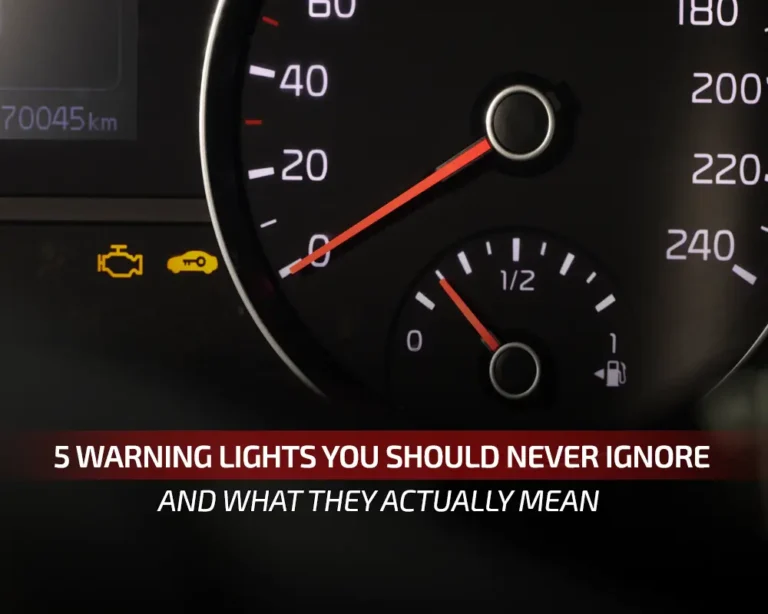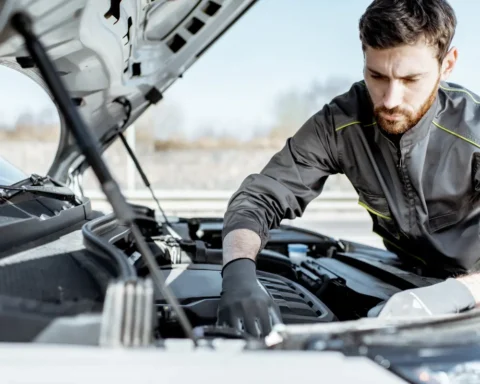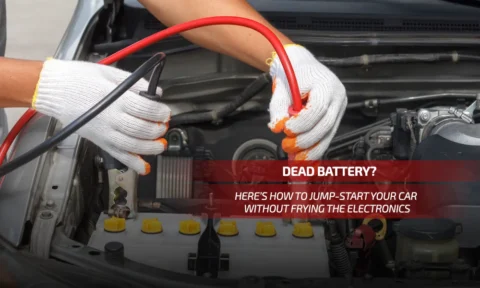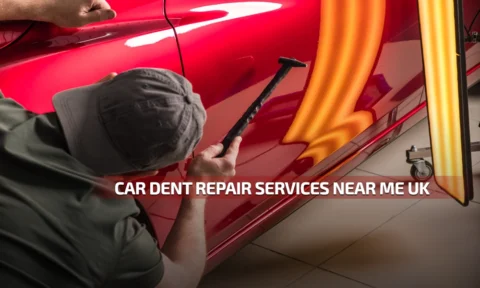The five must-watch warning lights are: Engine (Check), Oil Pressure, Brake System, Temperature, and Tire Pressure.
When you see them flashing on your car’s instrument cluster, it means you need to get your car checked.
Even if they go away on their own, warning lights are named exactly what they are meant to do: WARN.
Today, I’ve got the list of waring lights and what they mean, to help you realise the gravity of the situation in case you see one or more of these lights turn on.
What does the Engine (Check) Warning Light Mean?

Your engine light could point to:
- A loose gas cap
- Emission system faults
- Or serious internal issues
It’s more than a reminder—it’s your car saying, “Something’s wrong.”
What to Do:
- Tighten your gas cap.
- If it stays on, book a diagnostic within 48 hours.
- Ignoring it could turn a $300 fix into a $3,000 engine repair.
Why do some dashboard warning lights flash briefly when I start the car—even if nothing seems wrong?
That initial flash during startup is your car’s self-check cycle.
The warning light system cycles through all indicators briefly to confirm that bulbs and sensors are working.
If it goes off right away, that’s normal.
If one stays illuminated, that’s your signal to assess further.
It’s a built-in “Are you watching?” cue—not always an immediate problem, but something to note.
Oil Pressure Light: Why That Light Can’t Wait
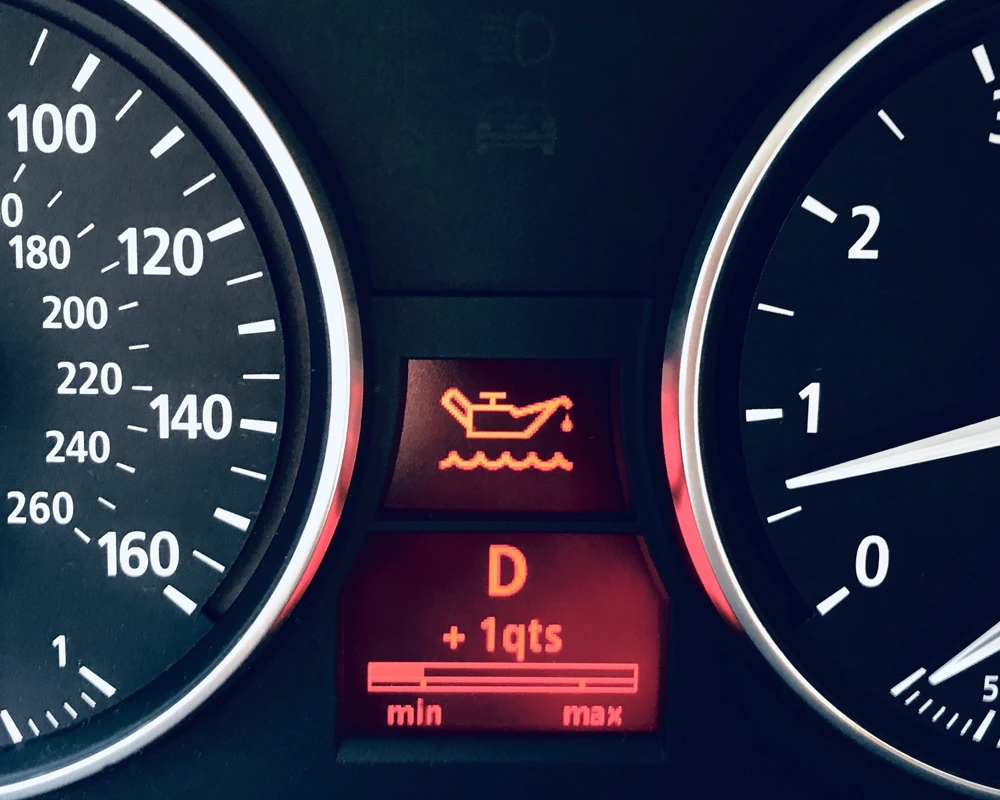
This light warns you your engine is about to run dry of oil pressure.
In UAE heat, engine damage happens fast.
What to Do:
- Pull over and turn off the engine ASAP.
- Use the dipstick to check the oil level.
- Add oil if it’s low.
- If oil’s fine and the light stays on, call a tow. Driving could cause engine failure—just like that.
When a dashboard light suddenly goes off on its own after a few minutes, is it safe to keep driving or still cause for concern?
Even if the light clears itself, you should treat it seriously.
Intermittent lights signal a sensor reading beyond acceptable range.
Maybe it was a momentary drop in oil pressure or fluid level.
You can drive to a safe spot, but plan to check or scan the car within 24 hours.
I’ve seen intermittent brake lights come back after the system heats up — better safe than sorry.
Brake System Light: Critical for UAE Roads
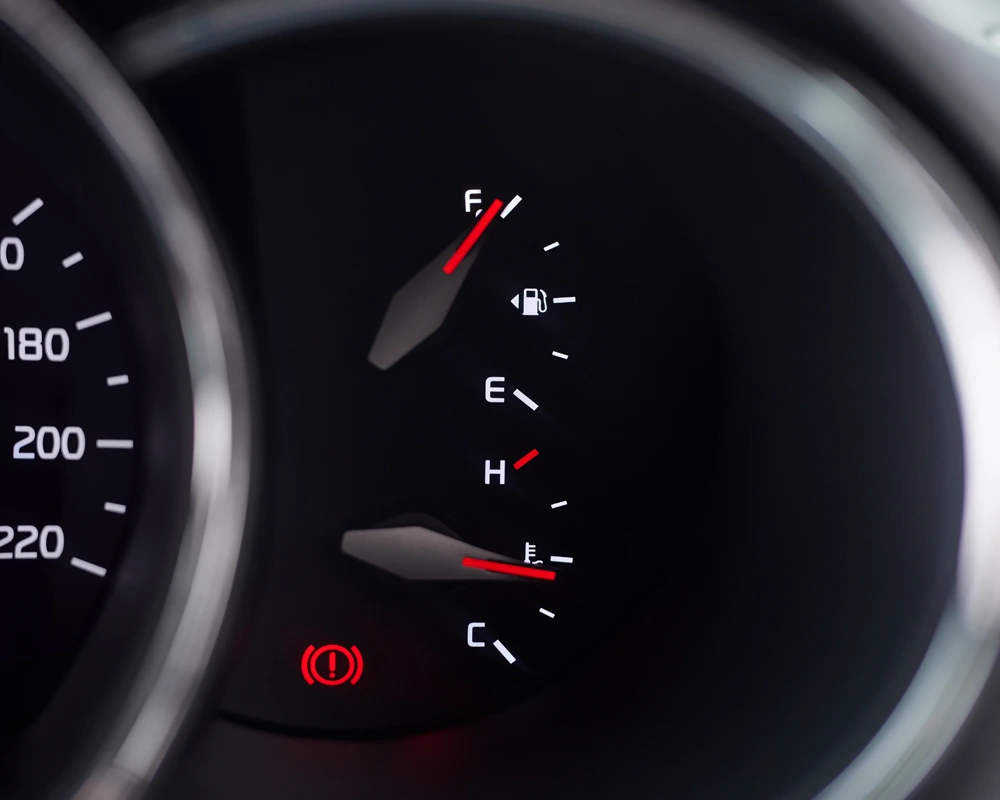
Brake issues in Dubai’s fast-paced traffic can’t be ignored. This light could mean:
- Low brake fluid
- Worn brake pads
- Problem with ABS
What to Do:
- Pull off safely.
- Check fluid levels—top up if needed.
- If it doesn’t fix it, call a mechanic before driving again.
Can a warning light appear for a serious issue like low oil or brake failure, but not show any symptoms on the powertrain or braking performance?
Yes, and that’s the dangerous part.
Many issues trigger before your car starts making noise, losing power, or pulling to one side.
A sudden drop in oil pressure or fluid, a failing ABS sensor—these happen quietly.
That light could be your only warning. That’s why you ignore lights at your own risk.
Temperature/Overheating Light: Why the UAE Makes It Worse
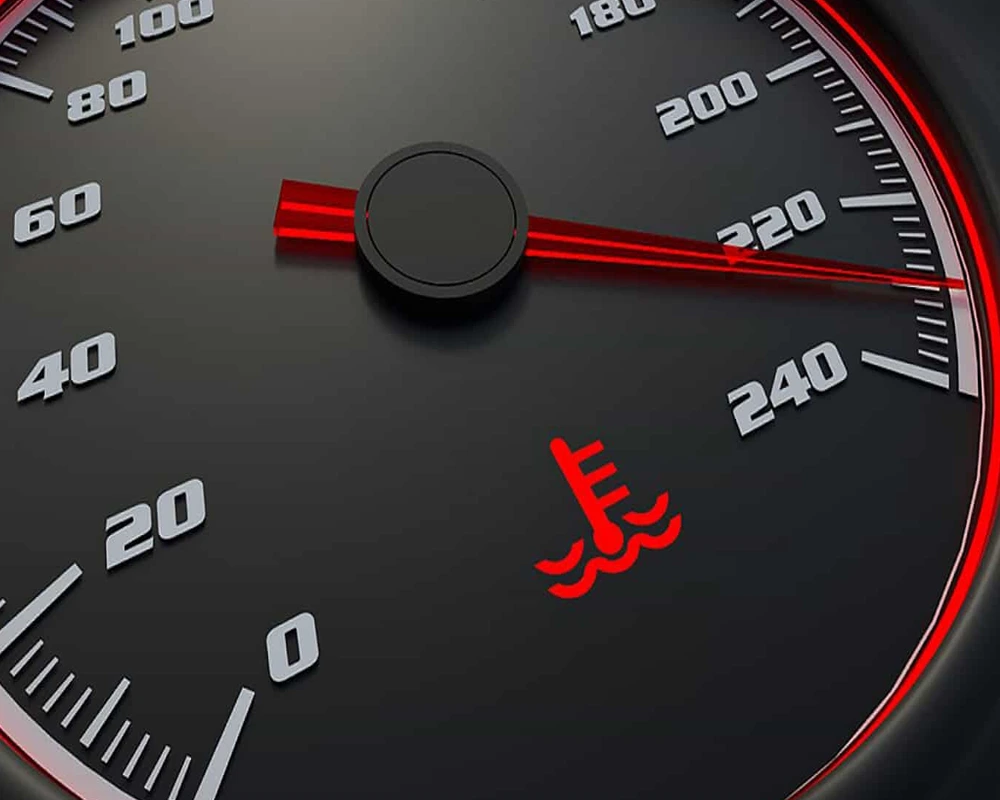
This light is a red alert: your engine is overheating. That can lead to warped heads or blown gaskets, especially in 45°C UAE heat.
What to Do:
- Stop driving immediately—switched off or damaged engines cost thousands.
- Turn off AC, turn on heater to draw heat from engine.
- Wait until it cools, then check coolant levels.
- Drive only after refilling with the correct coolant.
Tire Pressure (TPMS) Light: Safety & Performance Risk
One underinflated tire can change everything—worse handling, reduced fuel economy, and a blowout danger.
What to Do:
- Pull over and check pressure on all tires using the sticker in the door jamb.
- Inflate to proper PSI.
- Inspect for punctures or leaks
- Repair or replace tire if needed.
How do I avoid paying for expensive repairs if a dashboard light comes on just after I bought a used vehicle from a dealer?
First, check if the light is covered under warranty or service agreement.
If it isn’t, get a free scan at an auto parts store—many offer basic code reads at no cost.
Take the report to multiple trusted mechanics, not just the dealer, and compare estimates.
Once you’ve checked the cause and severity, you can negotiate repairs or credit out of your purchase price.
Don’t sign off without resolving it.
Why Some Warnings Go Away on Their Own—And Why You Should Still Care
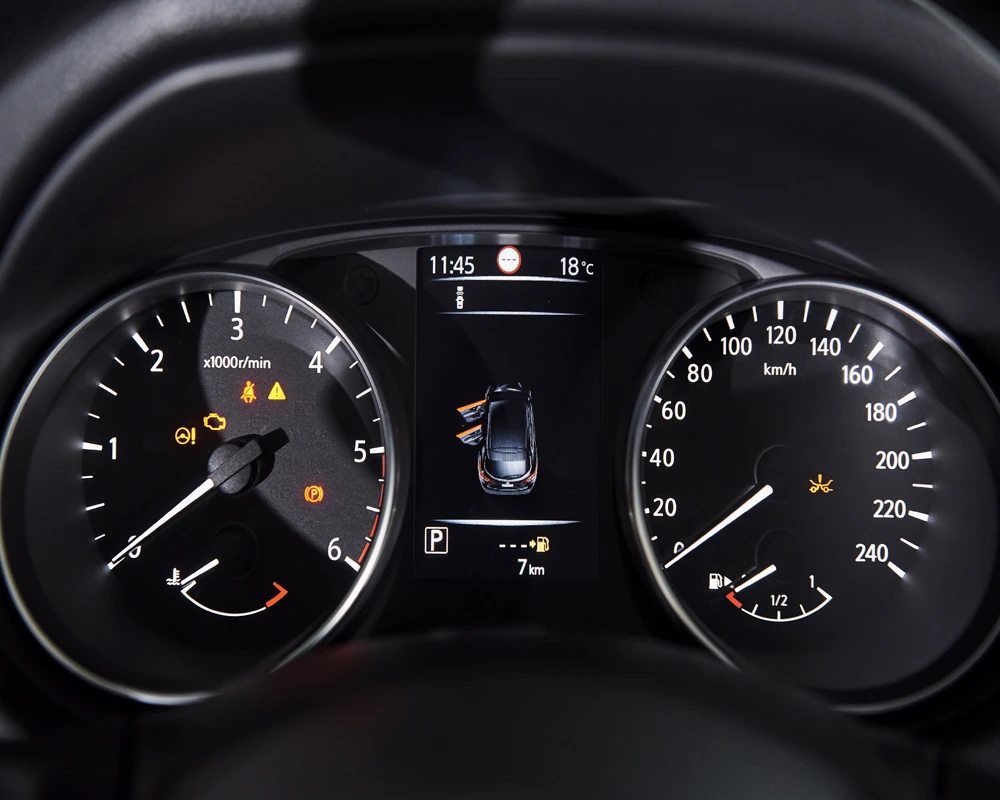
Seeing a light briefly at startup? Normal—it’s a system check.
But if one turns off while driving, don’t ignore it. Intermittent warnings hide genuine issues like:
- Fluctuating oil pressure
- Cooling system hiccups
- Brake fluid dips
These may not trigger a stored error code—but they need checking within 24 hours to avoid surprise breakdowns.
If my car’s diagnostic scan doesn’t return an error even when a warning light comes on, should I still trust the warning or ignore it?
Trust the light.
Some issues (like fluctuating temperature, low signal, or intermittent fluid pressure) don’t always translate into saved codes.
A visual or physical check can confirm what the scanner didn’t pick up. Skip the scan? Skip safety.
Should You Trust a Diagnostic Scanner If It Doesn’t Flag a Warning?
Not completely.
Some problems—like low voltage, sensor quirks, or brief overheating—won’t save a code.
A scan report may say “all clear,” but the light itself is still a warning.
That flashing brake light you ignore could mean ABS isn’t working properly.
You need to:
- Do a visual inspection—fluids, hoses, tires.
- Consult a mechanic for trouble codes, even with no stored faults.
What If the Warning Light Appears Right After Buying a Used Car?
- Ask the dealer about the car’s condition and previous warnings.
- Use free scanning tools at most auto shops.
- Get quotes from local mechanics—get at least two.
- Negotiate repair credit before finalizing your purchase.
Why These Lights Matter More in UAE Driving
- Engine and oil lights—the combination of stop–start traffic and desert heat puts engines at risk.
- Brake system light—frequent toll booth stops in Dubai mean brakes get heavy use.
- Overheating light—temps regularly hit above 45°C in Abu Dhabi summers.
- Tire pressure light—hot asphalt and tire wear go hand in hand.
Action Plan When a Light Pops On:
- Pull over safely
- Identify the light
- Perform a basic check (oil, coolant, tire pressure)
- Scan or consult a mechanic
- Fix promptly, even if it seems minor
Final Thoughts
These five specific dashboard lights are not suggestions—they’re warnings you must act on.
In the UAE, ignoring them risks:
- Major repairs
- Unnecessary breakdowns
- Safety hazards in high-speed or congested traffic
A moment of attention to your car maintenance now could save thousands and keep you safe.
That’s what smart driving—and peace of mind—are all about.


